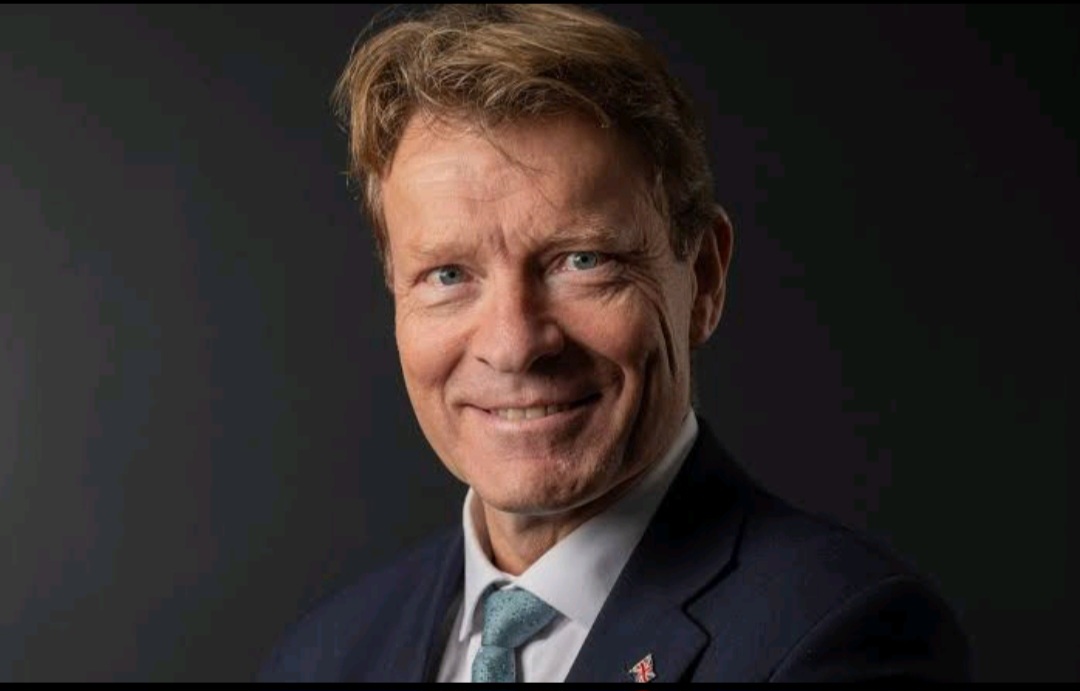We’ve sent Rwanda £300m… And yet not a single illegal migrant has been flown there : Richard Tice

In a bid to tackle the escalating issue of illegal migration across the English Channel, the United Kingdom government introduced the Rwanda scheme approximately two years ago. Promising to act as a robust deterrent, the initiative aimed to relocate illegal migrants to Rwanda, thereby dissuading others from attempting the perilous journey. However, recent revelations have cast doubt on the effectiveness of the scheme, raising questions about the government’s approach to migration policy as reported by GB News.

Despite a substantial investment of £300 million, the Rwanda scheme has failed to deliver on its objectives. Shockingly, not a single illegal migrant or asylum seeker has been resettled in Rwanda under the program. Instead, the only individuals who have been dispatched to the African nation are government officials, advisors, and journalists—a stark indication of the scheme’s shortcomings.
This failure has prompted criticism from various quarters, with concerns raised about the efficacy of the government’s migration strategy. Opposition politicians have accused the government of squandering taxpayer money on a futile endeavor, while migrant rights groups have condemned the scheme as inhumane and ineffective.
The revelation has also sparked a political debate, with calls for accountability and transparency regarding the use of public funds. Members of Parliament have demanded answers from government ministers, urging them to explain why the Rwanda scheme has failed to deliver tangible results.
In response to mounting scrutiny, government officials have defended the scheme, asserting that efforts are underway to address the logistical challenges hindering its implementation. However, skepticism remains high, with many questioning the feasibility of relocating migrants to a country thousands of miles away from their countries of origin.
The Rwanda scheme’s failure underscores the complexities and challenges inherent in migration policy. While the government’s intentions may have been noble, the execution has been marred by bureaucratic inefficiencies and logistical hurdles. As the debate rages on, one thing remains clear: the need for a comprehensive and compassionate approach to addressing the root causes of illegal migration, rather than relying on quick-fix solutions that ultimately fall short of expectations.
At the heart of the Rwanda scheme lies the government’s desire to stem the tide of illegal migration and alleviate the strain on UK border control. With the number of migrants attempting the treacherous journey across the English Channel steadily rising, policymakers have faced mounting pressure to find a solution to what has been dubbed a “crisis” by some media outlets.
In conceptualizing the Rwanda scheme, government officials sought to emulate successful models from other parts of the world. The Australian government’s offshore processing centers, for example, served as a blueprint for the UK’s approach, with proponents arguing that deterring migrants from making the journey in the first place would ultimately save lives and reduce the burden on the UK’s immigration system.
However, the implementation of the Rwanda scheme has been plagued by a series of setbacks and challenges. From logistical hurdles to legal complexities, the road to relocating migrants to Rwanda has been anything but smooth. Critics have pointed to the lack of infrastructure and support systems in Rwanda, questioning the suitability of the country as a destination for relocated migrants.
Moreover, the ethical implications of the scheme have come under intense scrutiny. Critics argue that forcibly relocating migrants to a country where they have no ties or connections is tantamount to a violation of their human rights. The lack of transparency surrounding the decision-making process has only served to fuel public distrust and skepticism.




